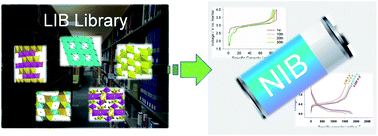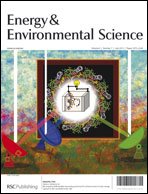We discuss the similarities and dissimilarities of sodium- and lithium-ion batteries in terms of negative and positive electrodes. Compared to the comprehensive body of work on lithium-ion batteries, research on sodium-ion batteries is still at the germination stage. Since both sodium and lithium are alkali metals, they share similar chemical properties including ionicity, electronegativity and electrochemical reactivity. They accordingly have comparable synthetic protocols and electrochemical performances, which indicates that sodium-ion batteries can be successfully developed based on previously applied approaches or methods in the lithium counterpart. The electrode materials in Li-ion batteries provide the best library for research on Na-ion batteries because many Na-ion insertion hosts have their roots in Li-ion insertion hosts. However, the larger size and different bonding characteristics of sodium ions influence the thermodynamic and/or kinetic properties of sodium-ion batteries, which leads to unexpected behaviour in electrochemical performance and reaction mechanism, compared to lithium-ion batteries. This perspective provides a comparative overview of the major developments in the area of positive and negative electrode materials in both Li-ion and Na-ion batteries in the past decade. Highlighted are concepts in solid state chemistry and electrochemistry that have provided new opportunities for tailored design that can be extended to many different electrode materials for sodium-ion batteries.

You have access to this article
 Please wait while we load your content...
Something went wrong. Try again?
Please wait while we load your content...
Something went wrong. Try again?


 Please wait while we load your content...
Please wait while we load your content...